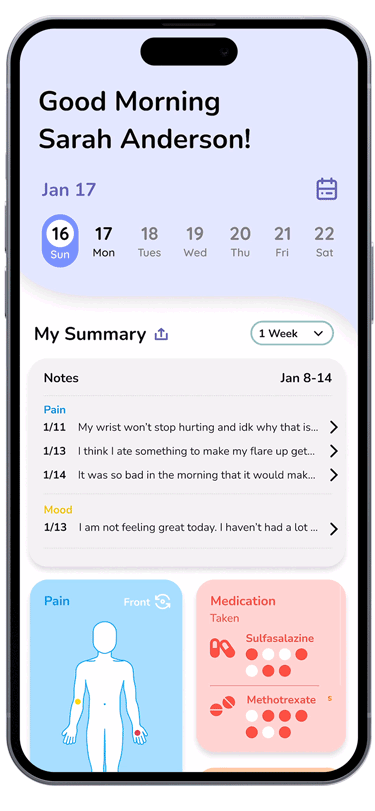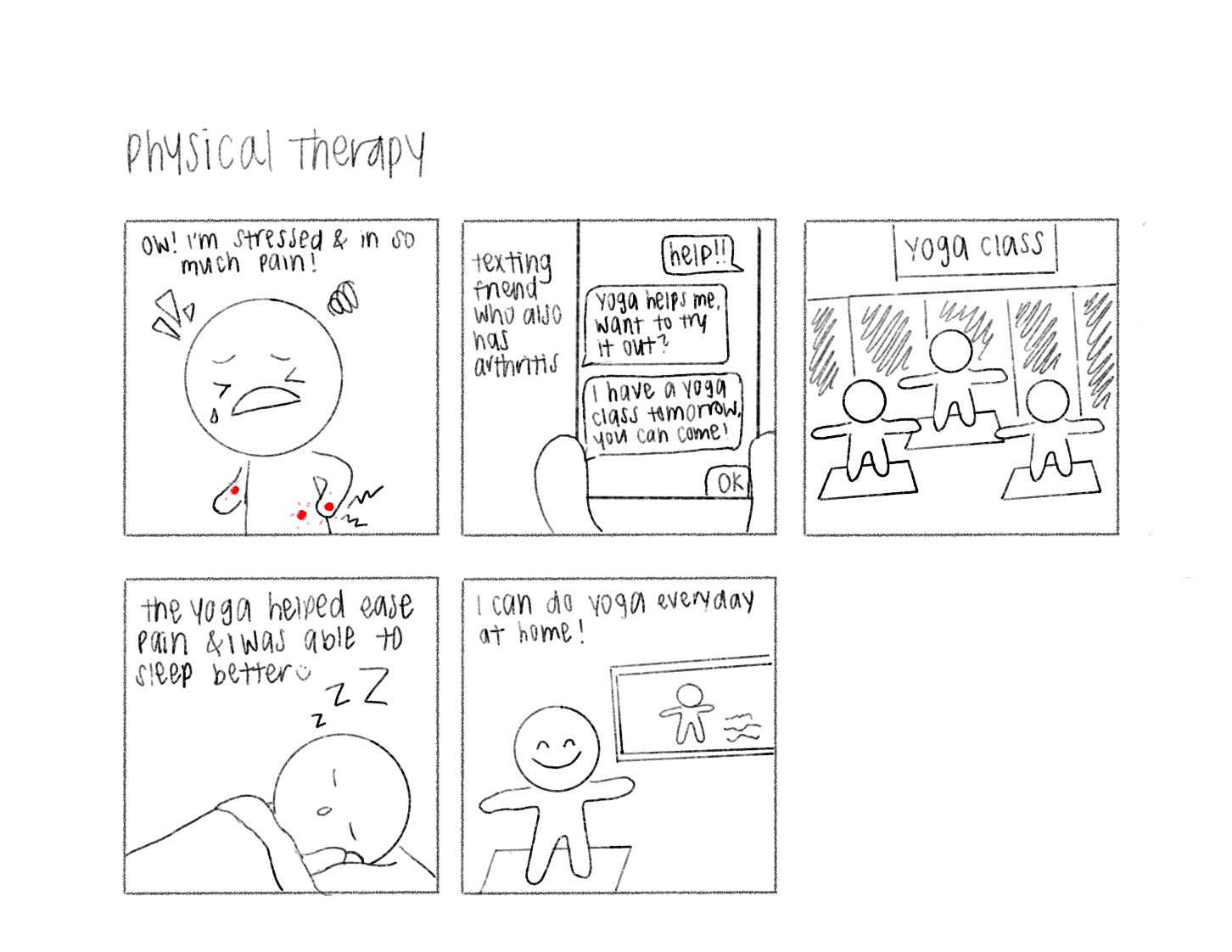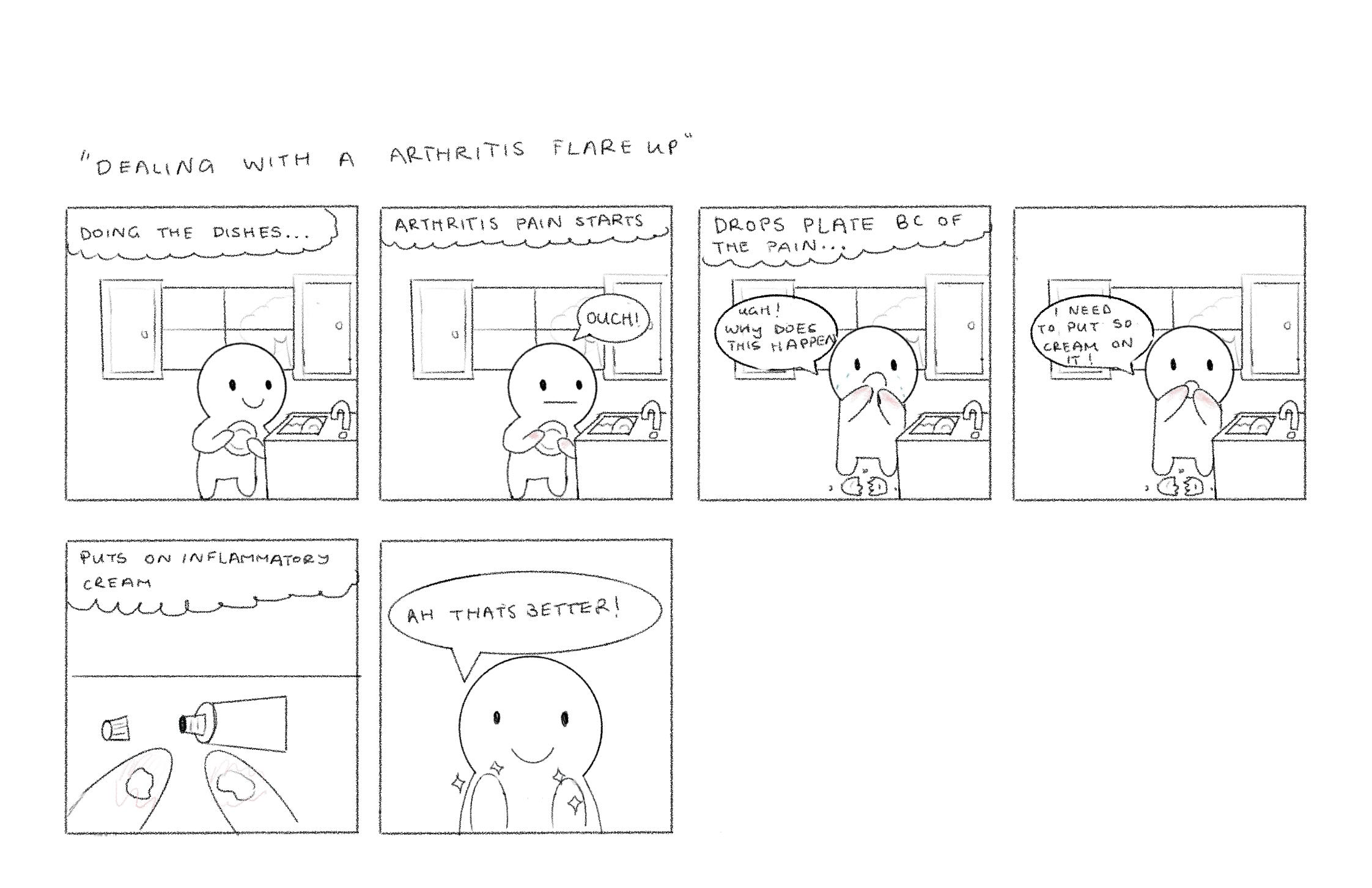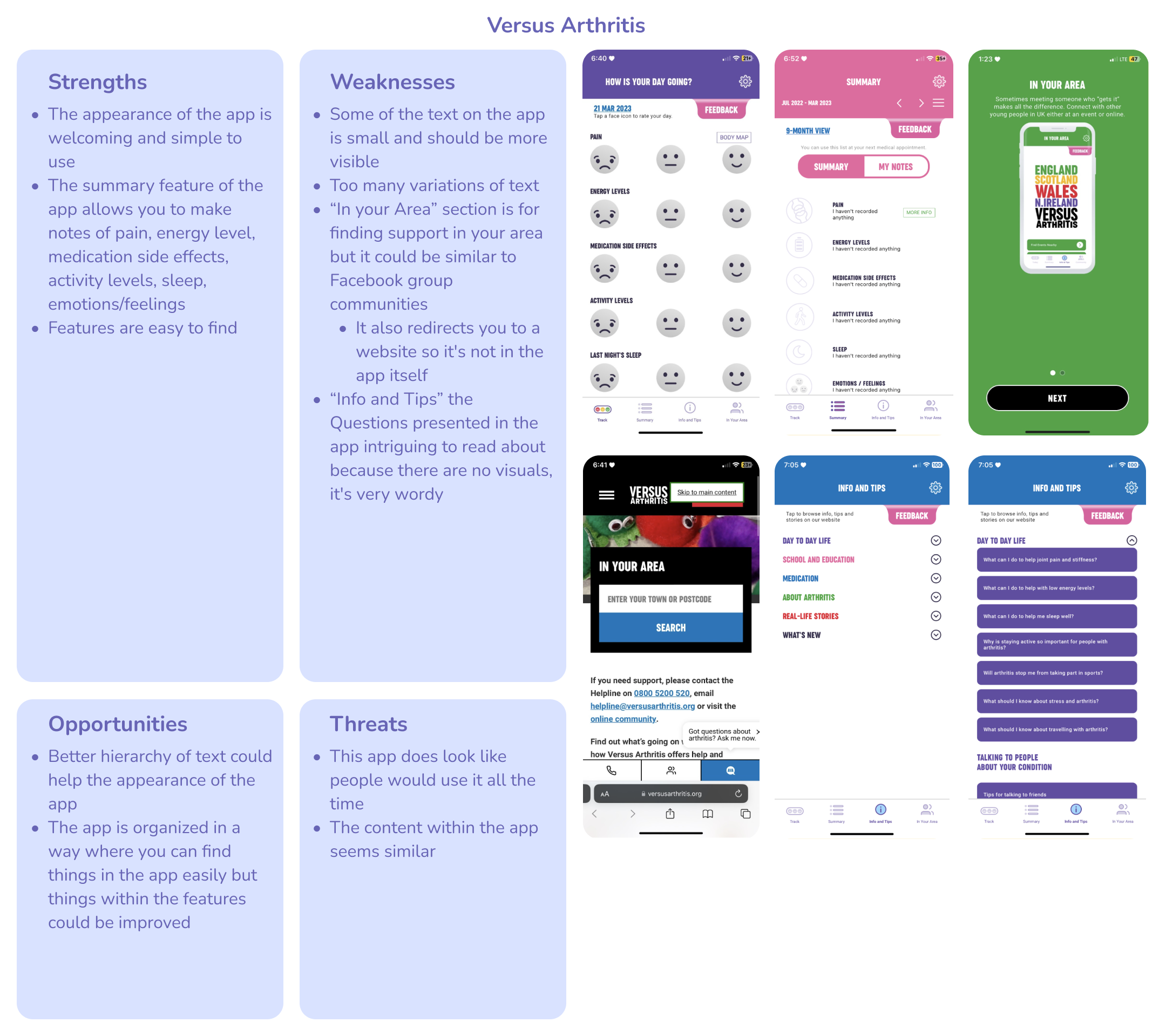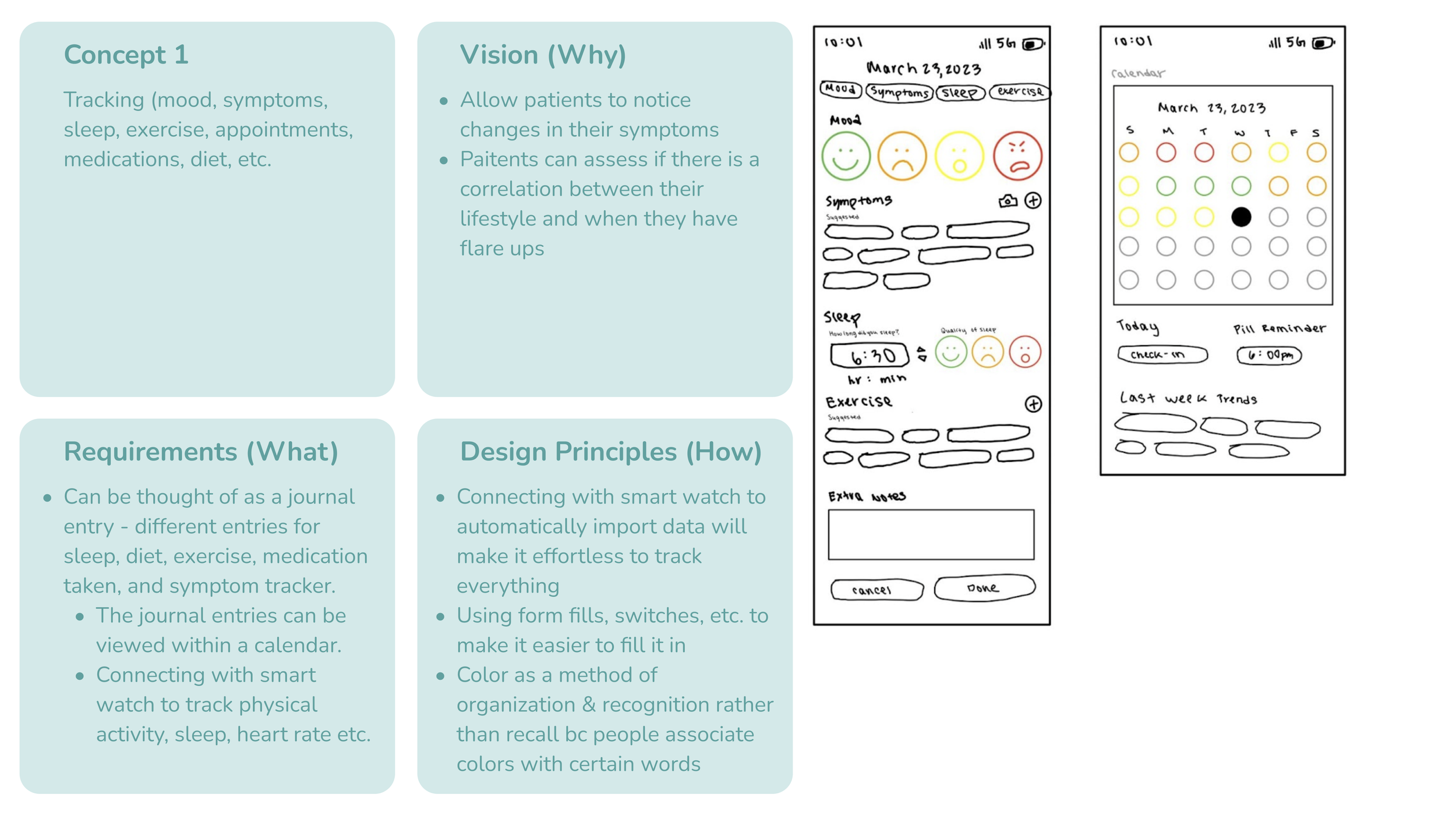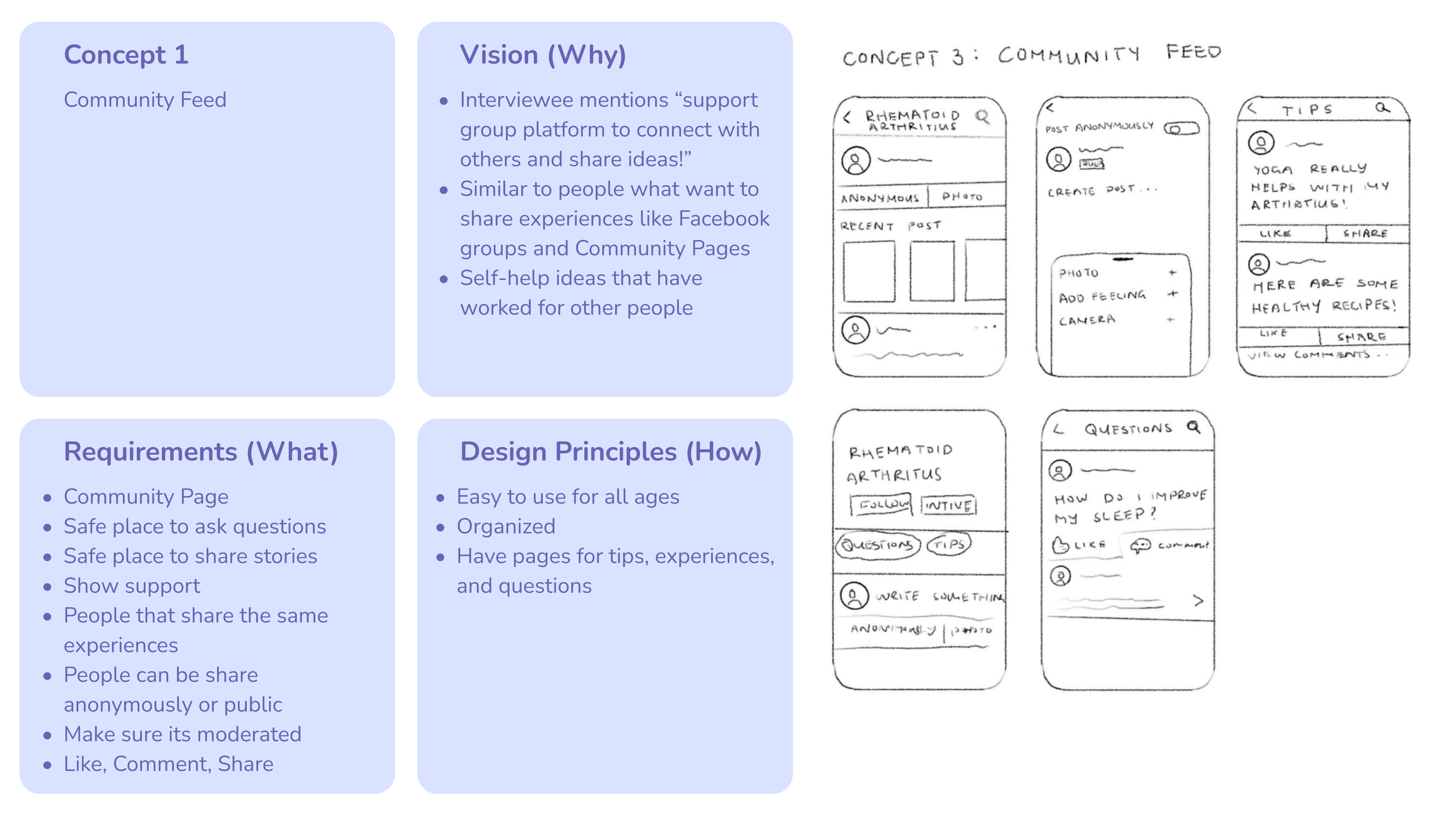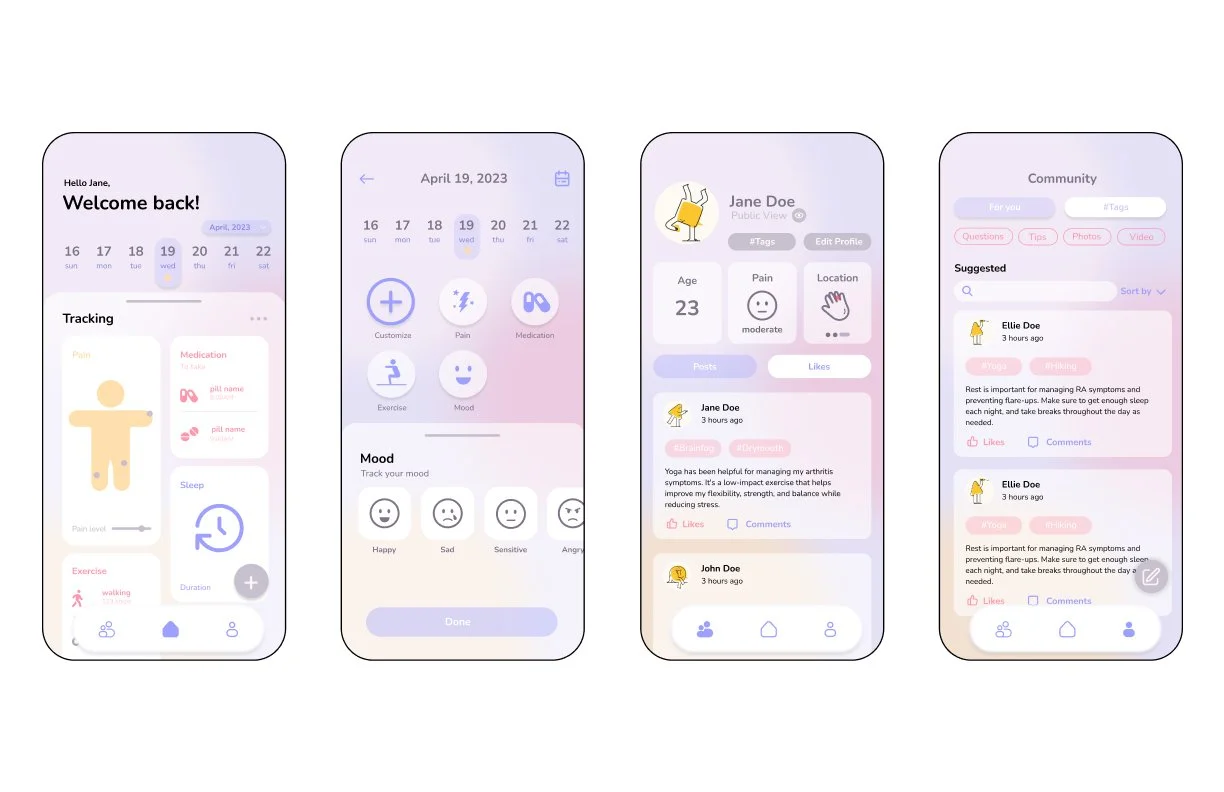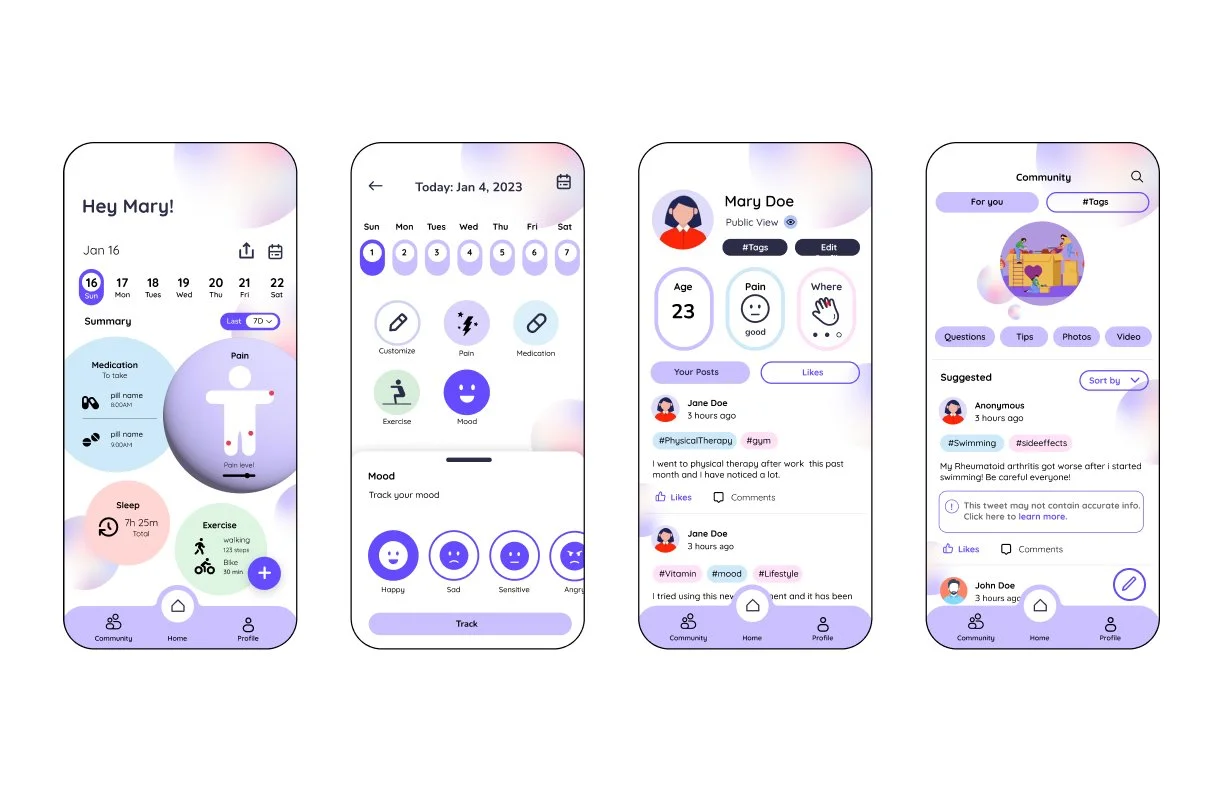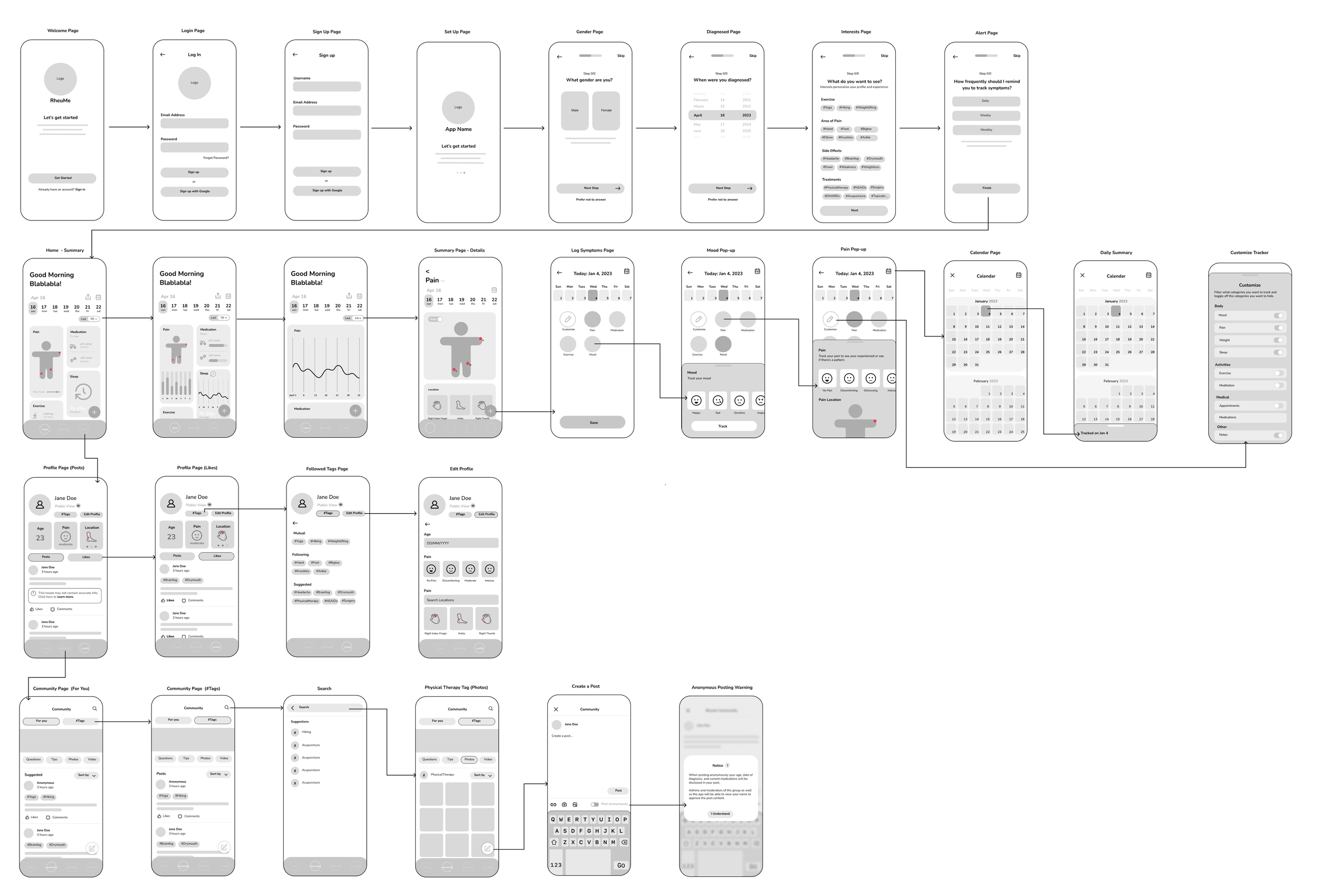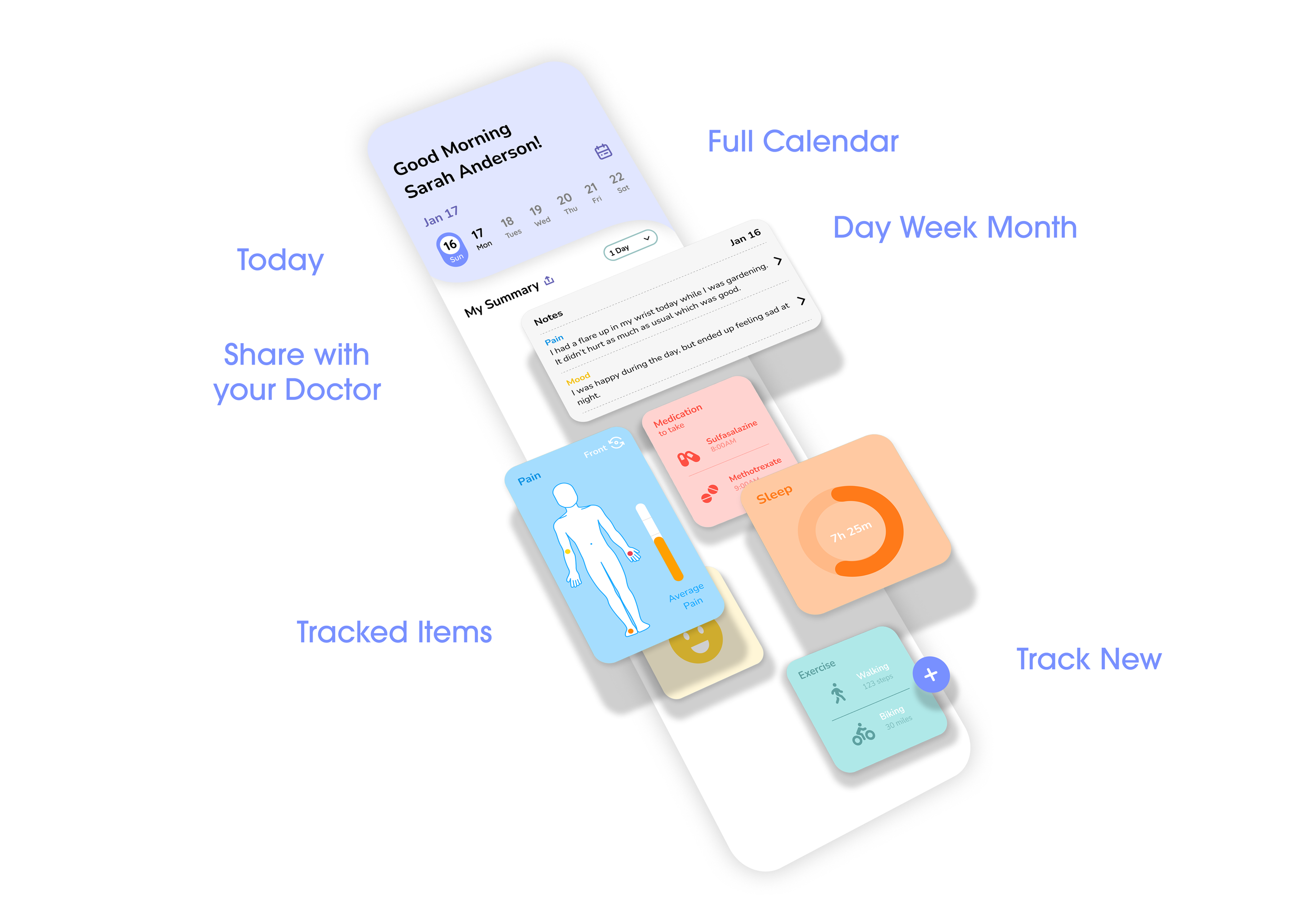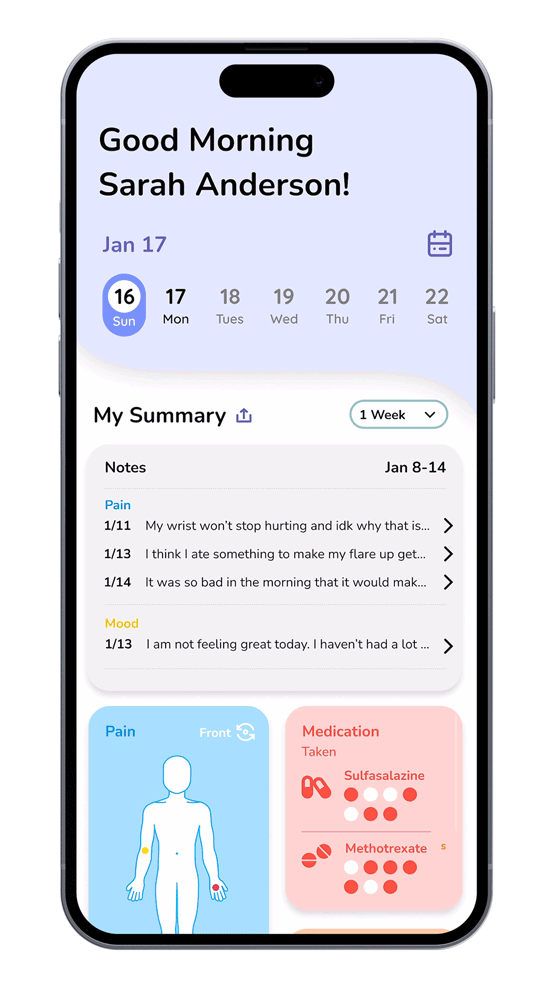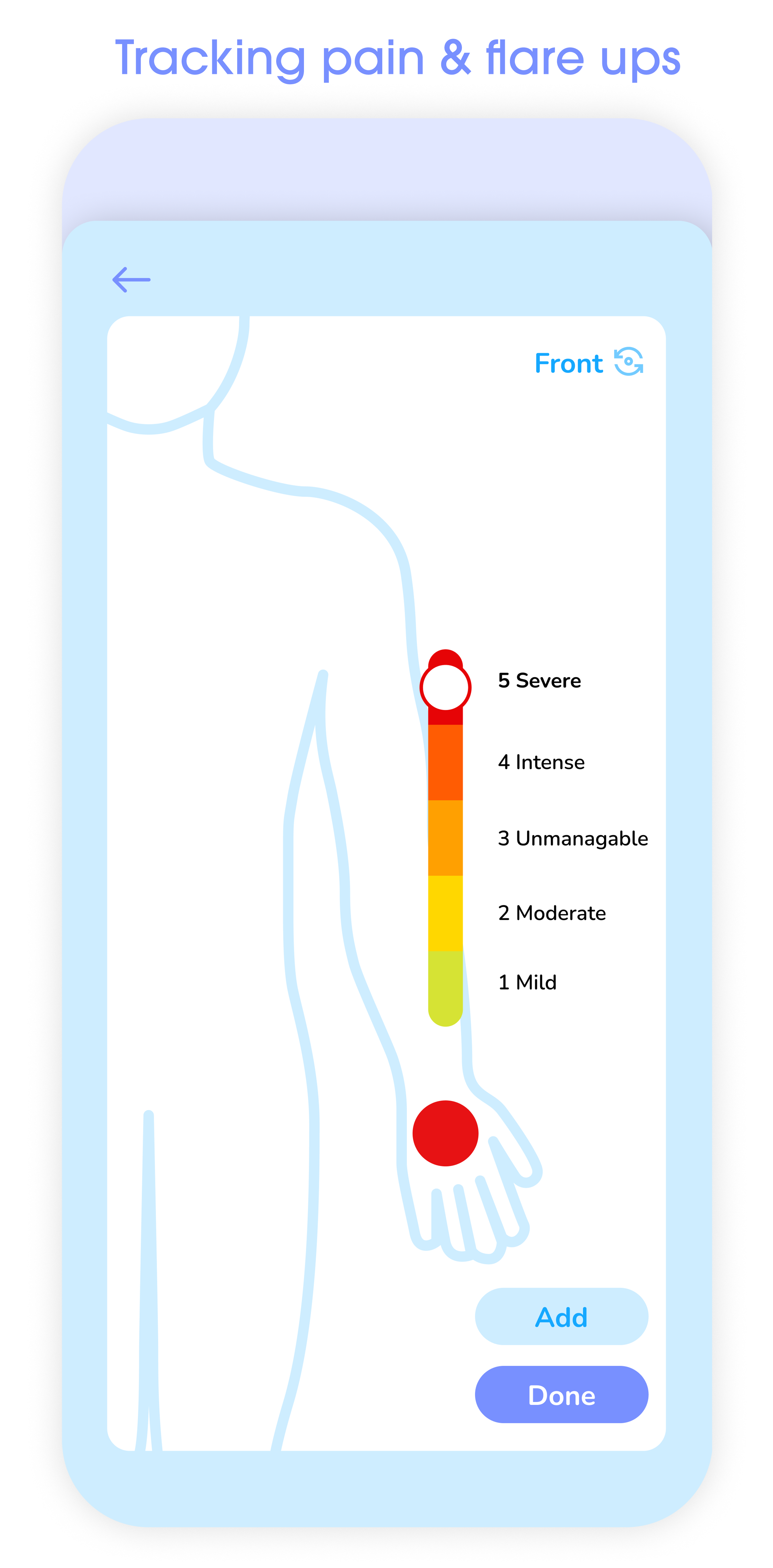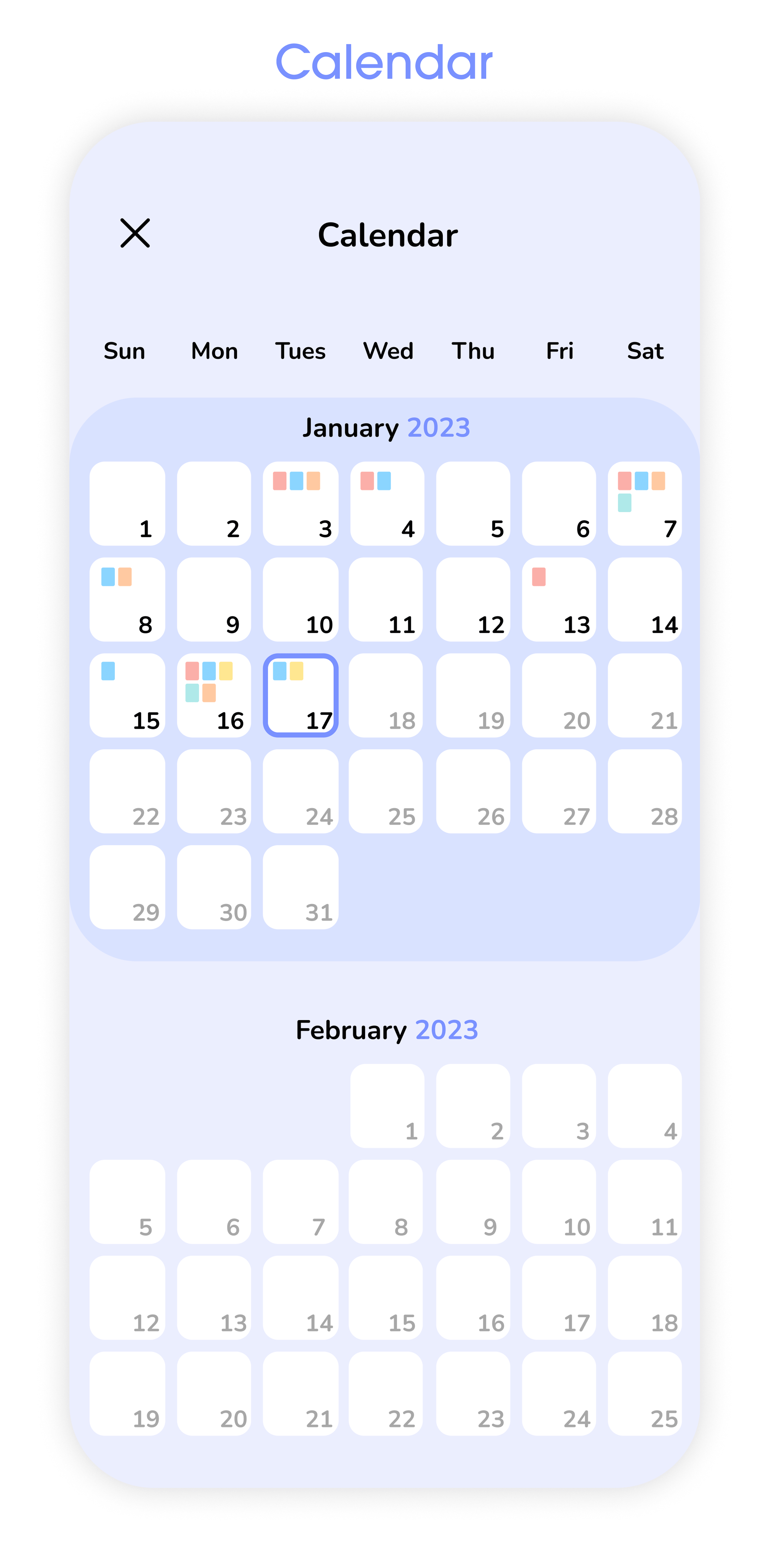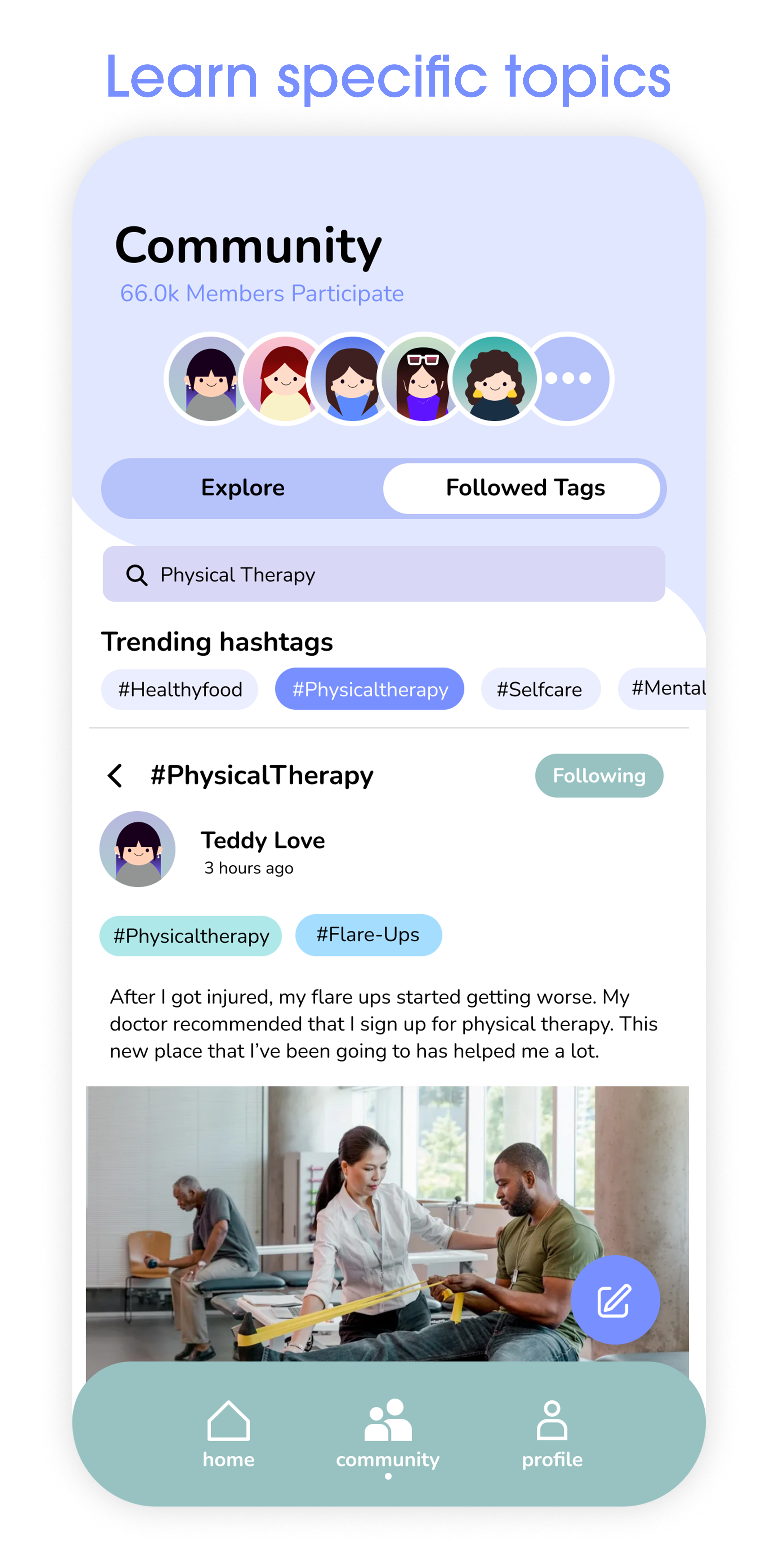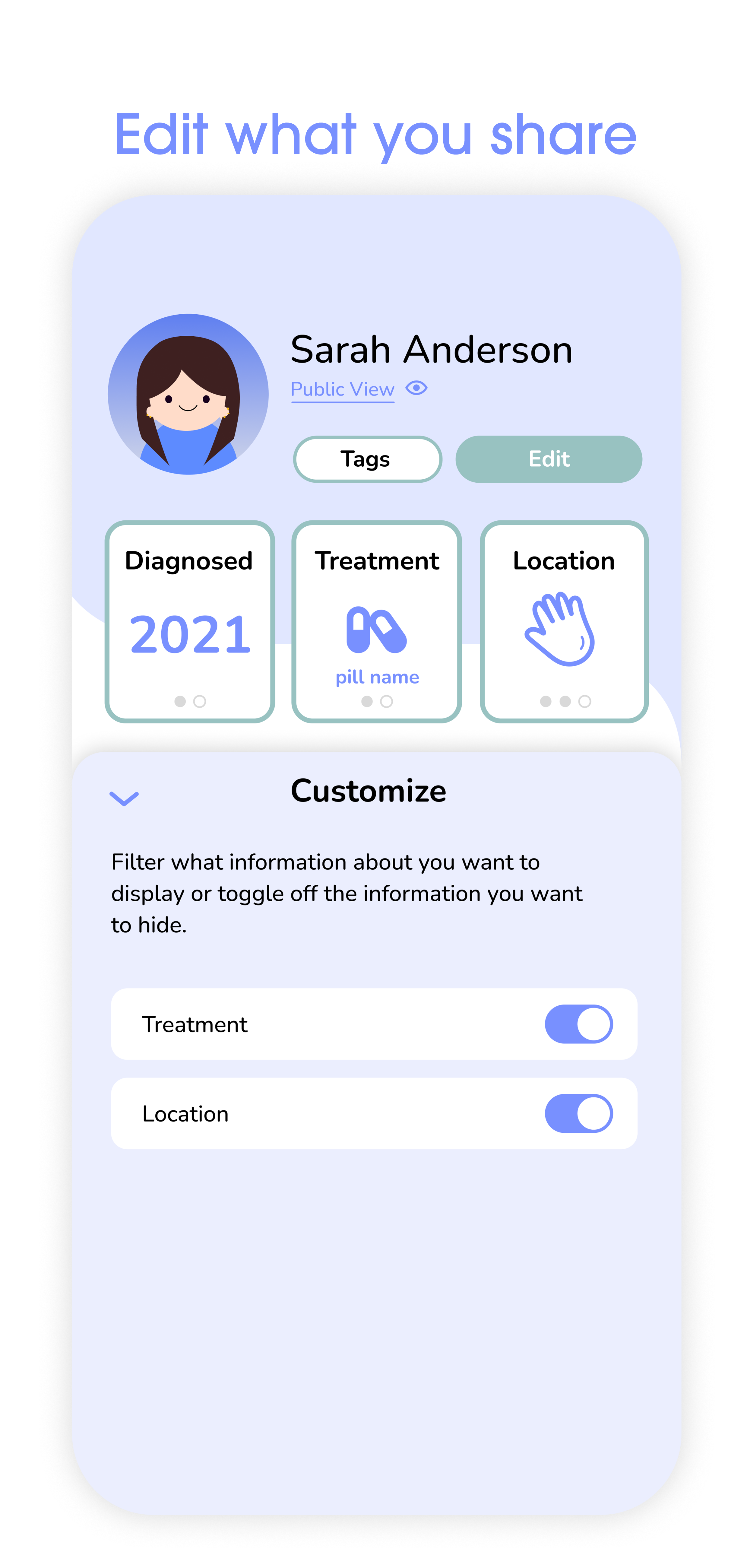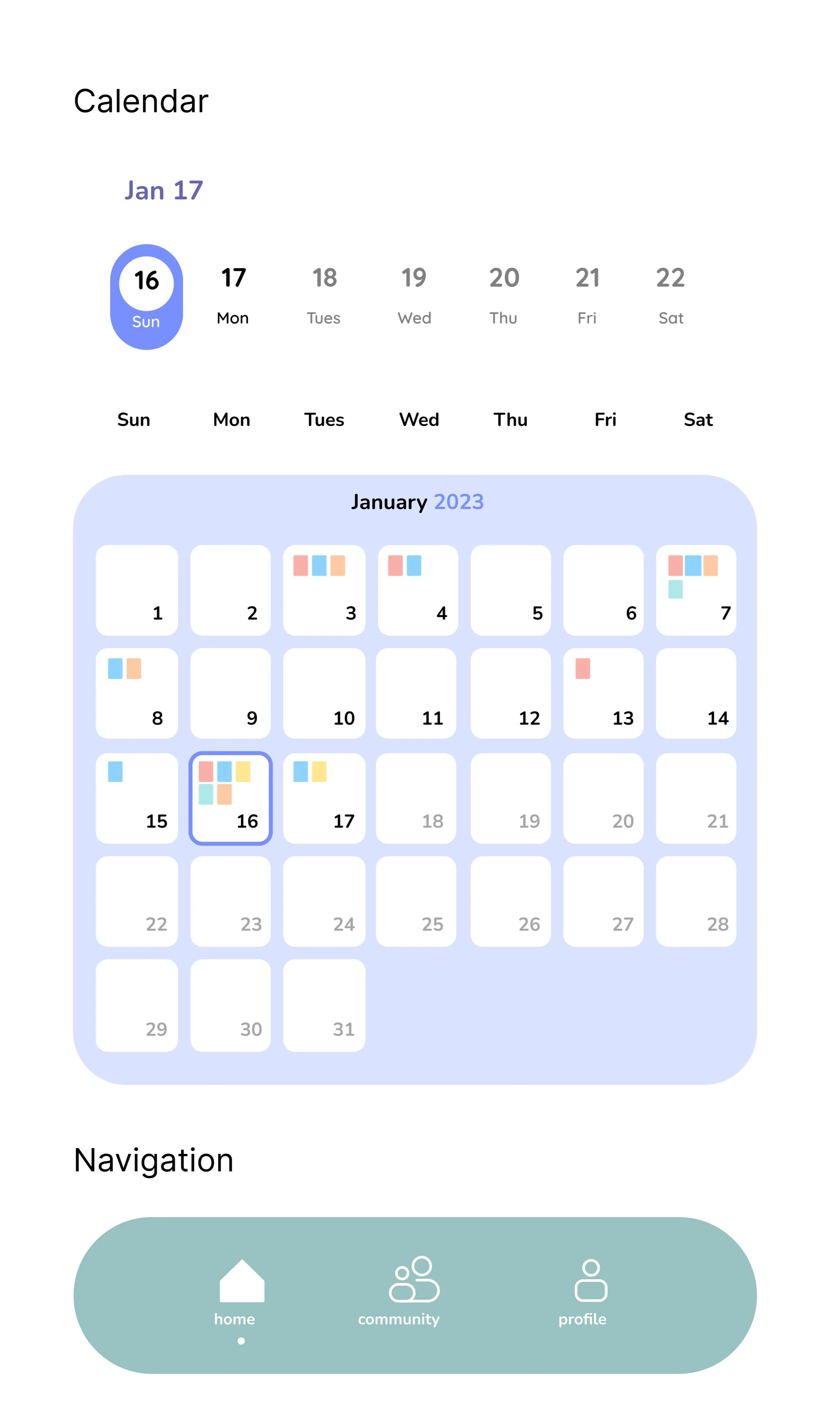RheuMe Case Study
This is the complete research and design case study for RheuMe
About
Project Brief
Work with a mentor from the Mayo Clinic and create an app that helps people manage a chronic illness.
Mayo Clinic: Individual Self Care & Individual Care Management - Meredith DeZutter & Lindsey Philpot
The Team
Sydney Avery - Design
Tiffany Lee - Design
Lydia Lelapinyokul - Research
Vicki Lin - Design
What is Rheumatoid Arthritis?
A chronic disorder where the body’s immune system attacks its own tissue and joints. It can be present at any age & gender unlike osteoarthritis, where it affects older people due to everyday wear and tear.
Initial Research
Answering a list of quantitative and qualitative questions as a group through primary and secondary research. We wrote out a research plan that includes the questions, research activities, who would be doing what, deadlines, and a link to the doc for each answer.
Quantitative Questions
What is arthritis?
While RA isn't hereditary, genetics can increase your chances of developing this autoimmune disorder.
What are the types of arthritis?
What is the side effect of arthritis?
How much does it costs to treat arthritis?
What are changes that you have made in your lifestyle (diet, exercise, sleep), as a result of arthritis?
What are some features that would benefit people with arthritis?
What are the benefits of sleep, weight management, and physical activity?
How many people in the world have arthritis?
What is the most popular demographic to get arthritis?
What are ways to maintain a healthy weight? (Diet, exercise)
Research Methods
interview, observation, secondary research
Interview Subjects
26 yr old male with generic Rheumatoid arthritis
52 yr old female with osteoarthritis - from injury and old age
57 yr old woman with osteoarthritis
67 yr old male with mild osteoarthritis
64 yr old female with more severe osteoarthritis
Research Themes
Everyone has unique situations
Some things don’t work for everyone; Different severity
“I think I am one of the lucky ones because when I go to the doctor I see a lot of people with scenarios with worse cases and I feel fortunate”
A lot of patients have to research treatments outside of medications
“When I asked the doctor if I should I take fish oil and turmeric, the doctor won’t say anything.”
Had to change diet and exercise to accommodate RA
“I found out that Night-shade veggies can trigger RA”
Ate fish for a whole week
Not a lot of people use health apps
Not aware that RA apps exist
When she found out about RA in 2012, apps weren’t used as much of a tool
Most popular apps in 2012 were games, not health apps
Goal
This app is meant to track symptoms at the users’ convenience while also connecting them to others who also have Rheumatoid Arthritis with the community page. It allows them to find comfort in knowing that there are others with similar experiences so they don’t feel alone.
Qualitative Questions
What kind of arthritis do you have? Is it genetic?
What are the side effects of arthritis?
When were you diagnosed with arthritis?
What are ways you treat the chronic pain of arthritis? How effective is it?
why did you pick this type of treatment?
If you do take medication, are you aware of the side effects?
How much does it cost to treat arthritis?
How does chronic pain affect everyday tasks?
What is the importance of mental health for people with arthritis?
What are changes that you have made in your lifestyle (diet, exercise, sleep), as a result of arthritis? Do you need to maintain a healthy weight as a result of arthritis? Did you have to change the way you eat as a result of arthritis? Did you have to increase how active you are?
Are you using arthritis/health apps? which ones? Why or why not? Do you find it helpful?
What are some features in our app that would benefit people with arthritis?
Would appreciate a community
Talked to friends and family for support
Better to take the med than not take it cause it can deteriorate bones
Pain making it difficult to perform daily activities (Ex. Washing the dishes)
Avoids washing heavy dishes and gardening because they know it will cause pain/flare up. Avoiding certain activities that they know will cause a flare-up.
Fingers are stiff in the morning after you wake up
After 20 min. it’s fine
Use to be so stiff that you have to run it under warm water
Story: Male 67 got in a car crash while on his bike and he injured his back and hips so the recovery took over a year. This affected his mental and physical health but when he healed, both of these aspects improved.
Putting Ourselves in their Shoes
To create an effective digital solution for people with Rheumatoid Arthritis, we must use not only our research but also go through the motions of seeing things from their perspective and putting ourselves in their shoes.
Current-State Storyboards
Illustrates how people with Rheumatoid arthritis normally manage their Rheumatoid Arthritis. These storyboards help us empathize with what they’re going through and figure out better solutions to help.
Situation 1: Physical Therapy
The person is stressed out and is in pain from arthritis
Talks to a friend who also has arthritis, and they suggest yoga
Goes with friend to yoga class to try it out
Helped ease pain and was able to sleep better
Now they look up yoga videos and do them at home
Situation 2: Pain Flareups
Doing the dishes as normal
Arthritis pain flaring up while doing dishes
Drops plate
Gets upset that the pain happens out of nowhere
Gets anti inflammatory cream
Feels relief
Current-State Empathy Maps
Illustrates how people with Rheumatoid arthritis normally manage their Rheumatoid Arthritis. These storyboards help us empathize with what they’re going through and figure out better solutions to help.
Situation 3: Looking for new treatments
Notices more frequent flare ups and is in a lot of pain
Takes current medication,
Medication doesn’t work and is still in pain
Goes to WebMD
Still no answers and afraid of side effects, so make an appointment with their doctor
Doctor suggests lifestyle changes and a new pain medication
*Empathy maps are based on the interview subjects we conducted individually. The current-state storyboards are also split equally among the group of us.
SWOT Analysis
Analyzing the strengths, weaknesses, opportunities, and threats of other apps helping people manage their arthritis
*We each conducted our own SWOT analysis
Problem Statements
I am a 26-year-old man trying to get good quality sleep but I’m feeling too much pain because my arthritis is causing physical discomfort which will make me feel tired and groggy the next day.
I am a 64-year-old woman trying to ease my joint pain, but my arthritis pain is preventing me from easily completing everyday tasks and it’s making me feel frustrated and dejected.
I am a 55-year-old woman trying to come up with meal plans so that it can help ease arthritis symptoms and improve my overall joint health, which is important because I also need to maintain a healthy weight for my arthritis.
How Might We Questions
How might we create a personalized treatment plan to help improve the quality of life of people with arthritis?
How might we provide the right resources for patients with arthritis without overwhelming them with too much information or confusion, especially when they’re not too familiar with medical terms?
How might we assist patients to keep track of their symptoms without hyper fixating on potential side effects and symptom status?
Proposed Concepts
*We all agreed on what kind of concepts we wanted to do and then each of us drew out on of the concepts
Future-State Storyboards
Storyboard illustrating use cases for the proposed concepts and when they would use it.
Having a community to rely on
Tracking Arthritis Flareups
Initial Designs
*As a group, we each worked collaboratively on 3 different versions
Initial Wireframes
Final Design
This is the Summary page that shows what has been tracked. It highlights each feature of the page to showcase the purpose behind it.
Home - Summary
This is the weekly view; there are daily and monthly options as well to see the progress you have made. Send your summary to your health providers as a pdf as well.
Home - Log Symptoms
Track and customize what you track at your convenience such as your mood and pain. Add pain points then level of discomfort as well as any specific notes.
Community
Connect and find new solutions with others like you who also have rheumatoid arthritis. You are not alone with this chronic disease; find people that you can relate to and share your experiences.
Profile
Your profile includes info related to your arthritis so it will be easier to connect with others like you. This can also be customized if you don’t want to share certain things. Topics you follow are colored to match the tracking colors.
Demo
Site Map
This is an overview of the main structure of this application so it is easier to understand the flow and main features.
Product Map
Wireframes
These wireframes tell a story of how the features of this app interact with one another. It breaks down each feature and the purpose behind each screen so it is easier to understand the thought process behind the decision made.
Toolkit
These wireframes tell a story of how the features of this app interact with one another. It breaks down each feature and the purpose behind each screen so it is easier to understand the thought process behind the decision made.
Future Development
Expanding Community
We would work on expanding the groups that we have and making more groups within the community. For example, people can join groups for Healthy Recipes for people with RA.
Improve Communication
Enhance the community by incorporating social media features, allowing users to connect with friends within the community and improving compatibility matching, similar to dating apps.
Accessibility
Applying more accessibiltiy guidelines so people with more physical restraints (ex: people with RA in their hands) can easily manuever around the app.
Provider Summary PDF View
Developing how the summary would print as a pdf for the providers to see.
Connecting Existing Health Apps
Develop a feature that allows patients to connect their phone health apps to track sleep and exercise. For example, tracking your number of steps in the day would just be automatically tracked at the end of the day.
